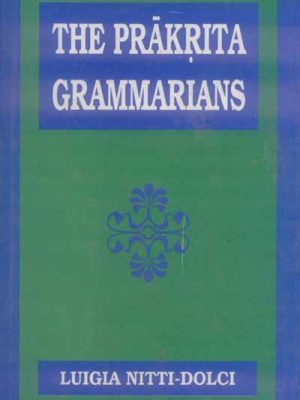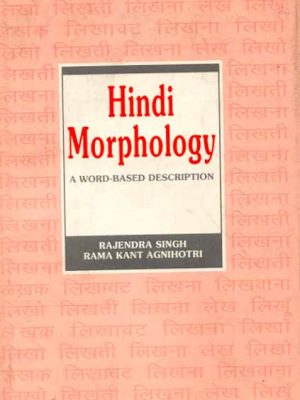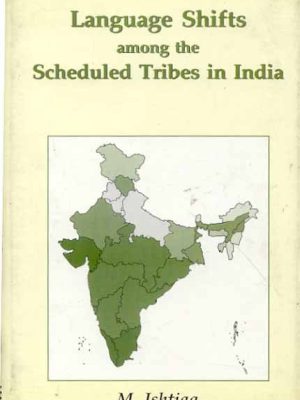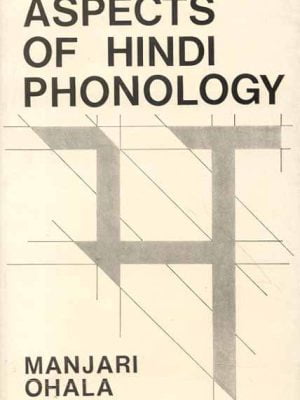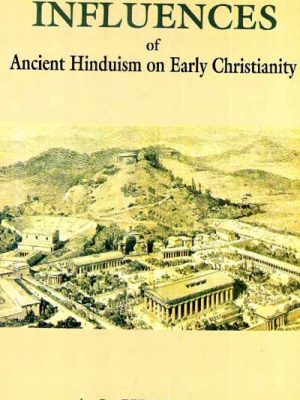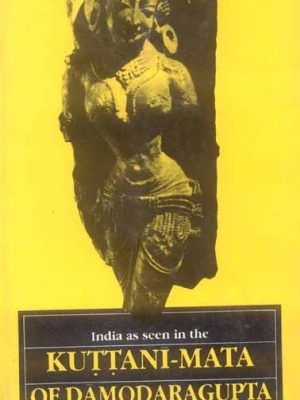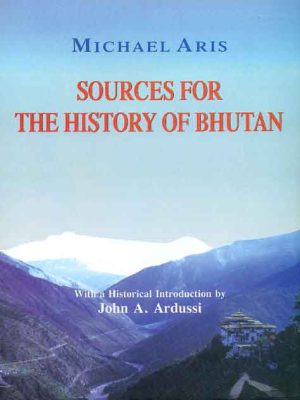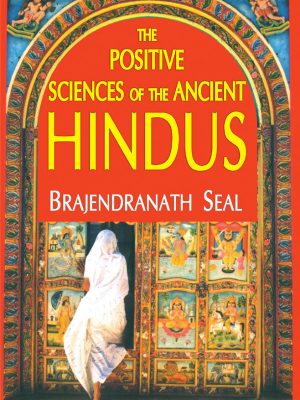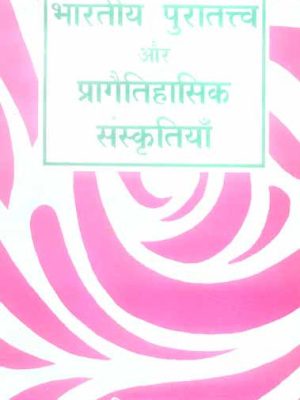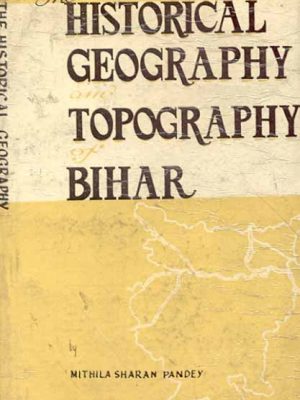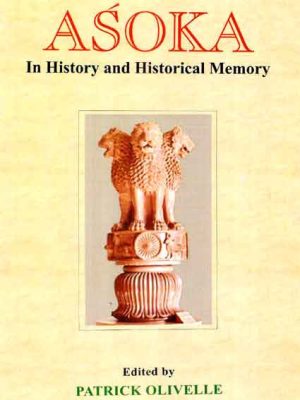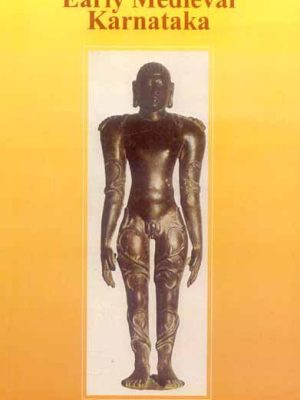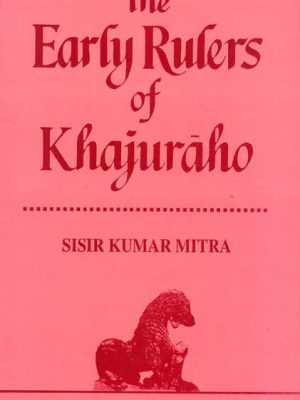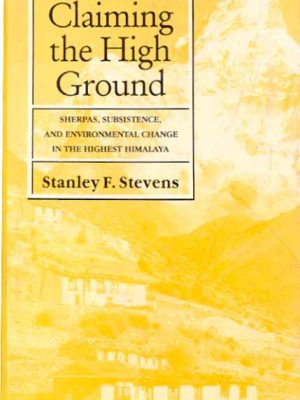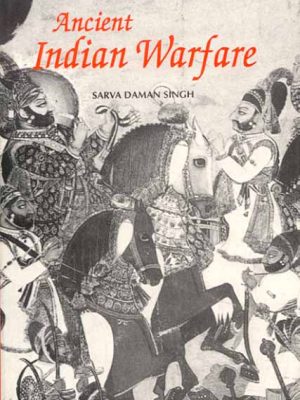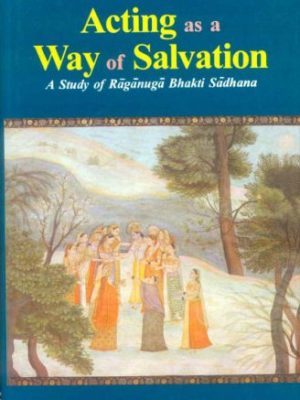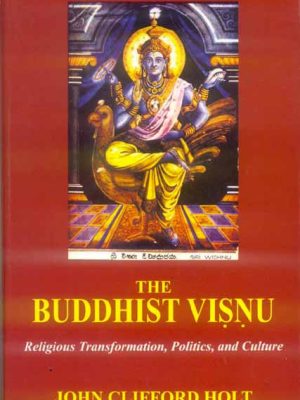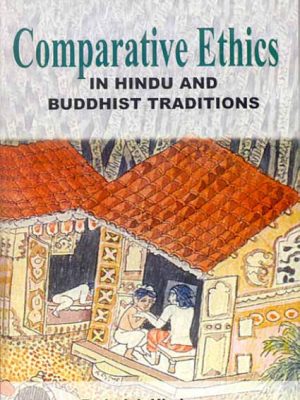Motilal Banarsidass
-
-
-
Influences of Ancient Hinduism on Early Christianity
Influences of Ancient Hinduism on Early Christianity
This is a work about influences and what “influences” means. Following an analysis of this elusive concept, A. L. Herman presents compelling evidence that the following hypothesis is testable, defendable, and probably true: that the Indus Valley religion with its Savior-God, Siva (2500-1800 B.C.E.), significantly influenced a Greek religion with its Savior-God, Jesus of Nazareth (50-300 C.E.), such that it can be meaningfully claimed that the religion of the Indus Valley civilization probably influenced early Christianity.
₹595.00 -
India as Seen in the Kuttanimata of Damodara Gupta
India as Seen in the Kuttanimata of Damodara Gupta
The Kuttani-mata of Damodaragupta is one of the few works in the history of classical Sanskrit literature the time and locale of the composition whereof can be ascertained with a fair degree of certainty. We learn from Kalhana that Damodaragupta occupied a high position under the Karkota-Naga
king Jayapida Vinayaditya who ruled over Kashmir in the closing years of the eighth and early years of the ninth centuries A.D. A critical study of the internal evidence indicates that the work was probably composed a few years after the close of Jayapida’s reign.
As indicated by the title, the text aims at exposing the secrets of the whole craft of prostitution in the form of the advice of an experienced bawd (Kuttani) to a courtesan, and from this point of view it occupies a unique place in the whole range of Sanskrit literature; for the account is
based not only on the standard erotic texts like Vatsyayana’s Kama-sutra but draws copiously upon the poet’s personal observation of the actual state of affairs obtaining in post-Jayapida Kashmir. But the poem has a much wider scope than its professed theme and covers the entire gamut of contemporary life of Kashmir in particular and northern India in general in all its varied aspects and as such forms an important source for the study of contemporary Indian society. The present work attempts a critical evaluation of this evidence in the light of relevant literary and archaeological data. In the process new light is thrown on several important questions.
₹595.00 -
Sources for the History of Bhutan
The four works included in this collection have enjoyed a rather chequered career. They originally formed the second volume of the doctoral thesis Michael Aris submitted in 1978 to the University of London. They have been included because of their value as crucial source material on the formative era of Bhutanese history, as they cover the entire period leading to the full emergence of the Bhutanese theocracy. Their relative brevity as compared with the other major works relevant to this period further suggested the convenience of including them as a group of inter-related ‘minor’ texts.
While the first two works in this collection have never before been available to modern scholars, and are indeed hardly known even in Bhutan, the next two (which include a text translated from portuguese) have been partially known from the works of John Claude White (Sikkim and Bhutan-Twenty-one years on the North-East Frontier 1887-1908, London) and C. Wessels (Early Jesuit Travellers in Central Asia, The Hague 1924.
₹595.00 -
The Positive Science of the Ancient Hindus
The author’s direct aim in the present work is to furnish the historians of the special sciences with new material which will serve to widen the scope of their survey. The Hindus no less than the Greeks have shared in the work of constructing scientific concepts and methods in the investigation of physical phenomena, as well as of building up a body of positive knowledge which has been applied to industrial technique; and Hindu scientific ideas and methodology (e.g. the inductive method or method of algebraic analysis) have deeply influenced the course of natural philosophy in Asia-in the East as well as the West-in China and Japan, as well as in the Saracen Empire. The author has undertaken a comparative estimate of Greek and Hindu science. Hindu Philosophy om its empirical side was dominated by geometrical concepts and methods. The author has cared to see that the Sanskrit philosophico-scientific terminology, however difficult from its technical character, is rendered exceedingly precise, consistent, and expressive.
₹595.00 -
Bhartiya Puratattva aur Pragaitihasik sanskritiya
Bhartiya Puratattva aur Pragaitihasik sanskritiya is authored by Shiv Swaroop Sahai
₹595.00 -
Historical Geography and Topography of Bihar
The region of Bihar is one of the great foci of Indian history. From before the days of Buddha it was a major centre of Indian Political life and the most significant cultural centres, especially in respect of Buddhism. Hitherto the student of Ancient India has been rather badly provided with geographical and topographical studies. Dr. M.S. Pandey has made a very significance contribution to the subject. The author has ransacked a very large range of sources for information and has produced a survey of the subject which may in many respects serve as a model to students working on other regions of India. The chapter helps in understanding the geographical forces behind historical events of the state. The author has dealt very scholarly the Historical outlines; mountain systems; river systems, regions districts, place-names, communications etc. The book is written with scholarly acumen and clarity and is very evidently the work of a man with a deep affection for his native land.
₹595.00 -
Asoka: In History and Historical Memory
The current volume, which contains the presentations at a symposium sponsored by the South Asia Institute and the Department of Asian Studies of the University of Texts at Austin (February 4, 2006) is intended to advance the study of Asoka both as history and historical memory. The authors of these papers take as historically significant not only the “historical truth” of Asoka but also the ways in which Asoka presents himself and his political, nationalistic, and religious purposes by succeeding generations both in India and in other parts of Asia, especially within the expanding Buddhist communities and nations.
₹595.00 -
Jainism in Early Medieval Karnataka
Jainism in Early Medieval Karnataka attempts to explain the prevalence of image worship, tantrism, priesthood and ritualistic formation which characterized Karnataka Jainism in the early medieval period. The book also seeks to examine the social and economic basis of Jaina monasteries in all parts of the Kannada region.
₹595.00 -
Roles and Rituals for Hindu Women
Roles and Rituals for Hindu Women
This book aims to fill a notable gap in the literature. Twelve contributors study the role of women in Hindu religion by examining textual studies of the part played by women in a variety of religion rituals, both past and present, by exploring the socio-religious context of their various communites; and by using specialist material to draw on cross-cultural conclusions.
₹595.00 -
The Early Rulers of Khajuraho
The Early Rulers of Khajuraho
The book(The Early Rulers of Khajuraho) deals, in a comprehensive manner, with the history of the early rulers of Khajuraho, in fourteen chapters. Chs. I-II deal with the origin of the Candellas and define their territory. Ch. III traces their history from Nannuka to Harsa. Chs. IV-VII recount the rise of their power under Yasovarman and Dhanga, their struggles with the Muslims under Ganda and Vidyadhara and their conflicts with Cedis under Vijayapala, Devavarman and Kirtivarman. Ch. VIII is devoted to the rulers from Sallaksanavarman to Madanavarman. Ch.IX describes Cahamana-Candella rivalry and the fall of Mahoba. Ch.X deals with the temporary restoration of Candella power under Trailokyavarman. Chs. XI-XIV give a vivid picture of political, social economic, religious and cultural life of Bundelkhand and offer a survey of its magnificent temples and sculptors.
₹595.00The Early Rulers of Khajuraho
₹595.00 -
Claiming the High Ground: Sherpas, Subsistence and Environmental Change in the Highest
The Sherpas
The Sherpas of the Mount Everest region, famous for their mountaineering exploits, have frequently been depicted as victims of the world’s highest-altitude tourist boom. Stanley Stevens is the first to analyze the complex interaction of local environmental knowledge, cultural beliefs, and socio-economic and political conditions in changing sherpas subsistence strategies, land use practices, and local resources management institutions.
₹595.00 -
Ancient Indian Warfare
Ancient Indian warfare
The author explores the domestication of horses and elephants and their use for military purposes; the invention of wheeled vehicles and the battle-chariot; the use of metals for the manufacture of weapons; the nature of ancient arms and armour; forts and fortifications; military order and organisation; and the uneasy birth of a moral consciousness evidenced in the development of a code of war.
₹595.00Ancient Indian Warfare
₹595.00 -

